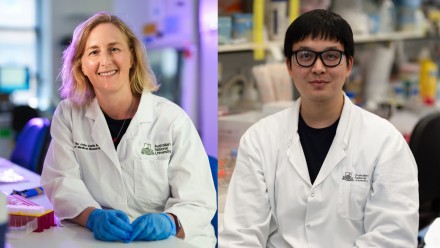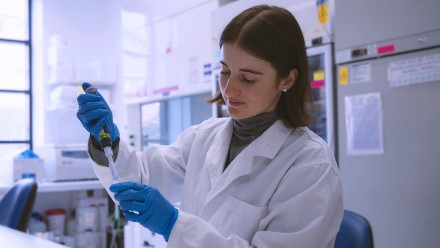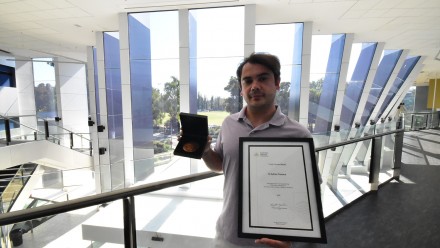Deconvolution of gene expression data: bridging the gap between bulk transcriptomics and single-cell RNA-seq
Associate Professor Irina Voineagu
School of Biotechnology and Biomolecular Sciences
The University of New South Wales
Abstract
Gene expression measurements, similarly to DNA methylation and proteomic measurements, are influenced by the cellular composition of the sample analyzed. Variation in cellular composition across tissue samples can lead to false positive observations or obscure real biological signals. This problem can in principle be addressed by single-cell RNA-sequencing. However, this technology still has major limitations in terms of transcript isoform measurements and the number of samples analyzed. Consequently, our current understanding of gene expression regulation by genetic variants (eQTLs) relies on bulk transcriptome data. This is particularly relevant to human brain, where large sample sizes of scRNA-seq are not feasible for the foreseeable future. Gene expression deconvolution methods aim to estimate the cellular composition of an RNA sample from its bulk transcriptome data, using single-cell reference transcriptomes, which in turn can be used to correct for cellular composition differences across samples. This talk will explore the concepts and performance of gene expression deconvolution methods for human brain transcriptome data, and will discuss how cellular composition impacts on differential expression, co-expression networks, and eQTL analyses.
Biography
Dr Irina Voineagu is an Associate Professor and ARC Future Fellow at UNSW. Dr. Voineagu obtained her Ph.D in Molecular Genetics from Univ. of Illinois at Chicago. Her postdoctoral research at University of California, Los Angeles included large-scale transcriptome analysis of autism brain tissue and research on the genetics of neurodevelopmental disorders. The ongoing work in her lab investigates gene expression regulation mechanisms underlying normal brain function and their perturbation in neurodevelopmental disorders, using a combination of transcriptome analyses and functional genomics.












